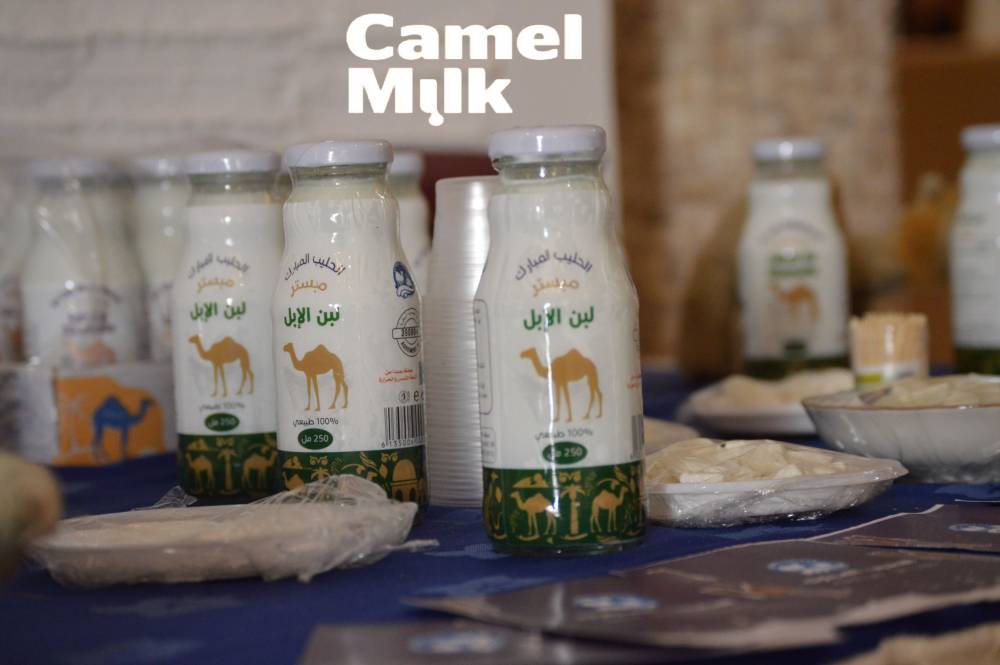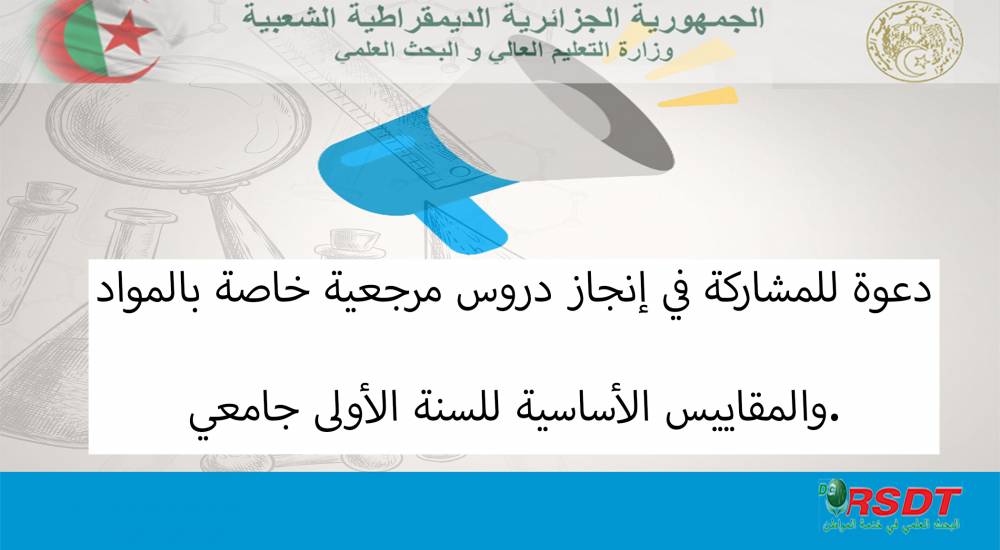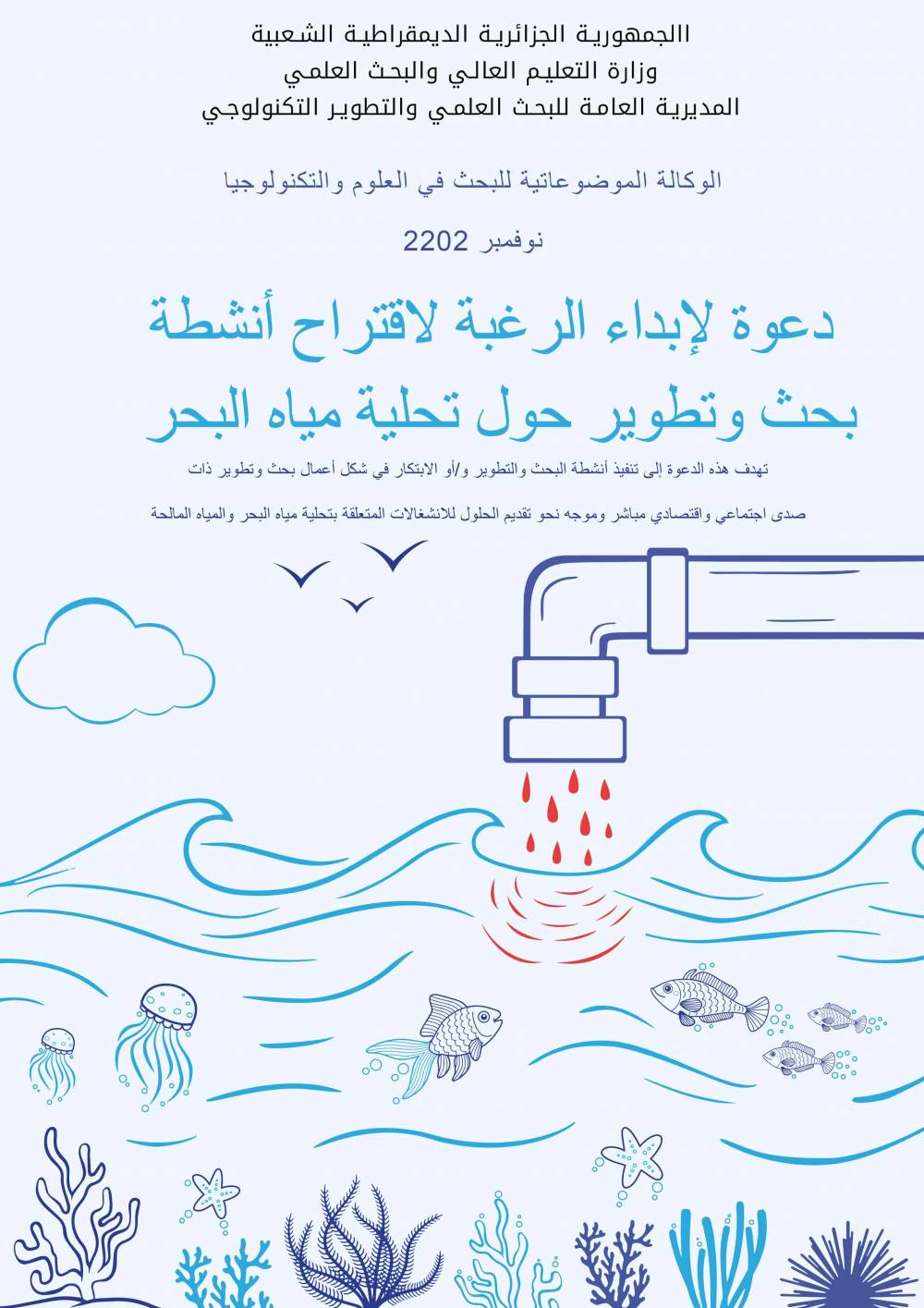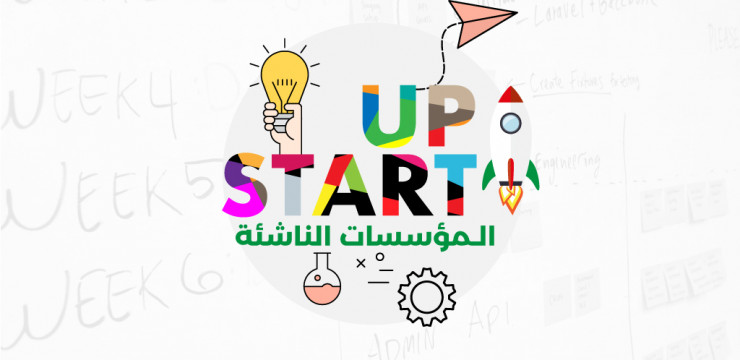
“Camel Milk around the Mediterranean basin“
Camel Milk around the Mediterranean basin
Camel Milk, a noble product and an economic opportunity
The manager of the company "Tidjane" specialised in the production of camel milk and its derivatives, established in the wilaya of Oued Souf, is pleased with the results of his collaboration as an economic partner in the international research cooperation project called Camel Milk around the Mediterranean Basin, conducted for its Algerian part by the University of "chahid Hamma Lakhdar" of Oued Souf. "Thanks to this project, among other things, we managed to increase the number of camels. This programme, which lasted three years, helped us above all with the technical aspect, for example, through cheese and skimmed milk production workshops. We have also developed the pasteurisation technique, and the pasteurised milk of the Tidjane brand is currently of very good quality," says Tidjani Zeghouane, who also mentions the implementation of a communication and marketing strategy.
Created in 2016, the company includes a camel breeding farm and a dairy specialising in the production of camel milk and its derivatives (pasteurised milk, skimmed milk, cheese and soap). Its herd of dairy camels has increased from 8 to 105 heads, among other things, thanks to its scientific partnerships with foreign partners specialised in the field. This improvement is confirmed by the veterinary surgeon from the wilaya's agricultural services department and representative of the Camel Milk project on behalf of the University of Oued Souf, Amira Narimène Aouacheria. "The project's economic partner has increased the volume of its livestock and dairy camels, and the veterinary inspection monitors the health of the animals and the milk from the udder to the consumer. The anti-fraud laboratory carries out periodic analyses of the milk and its derivatives, particularly at the dairy,' says the veterinary surgeon.
Algeria has half of the camel population in the Mediterranean basin
Camel Milk around the Mediterranean Basin is a scientific research project under the Partnership Programme for Research and Innovation in the Mediterranean Region (PRIMA), concerning food systems and water resources in the Mediterranean Basin. Coordinated by the Spanish researcher Marta Garron Gomez from the IRTA Institute, the project started in June 2019 and ended on 22 November 2022 in Oued Souf in the presence of representatives of the eight partner countries (Algeria, Spain, Italy, Turkey, France, Kazakhstan, UAE, Croatia) and other participants, including Americans, who came to share their experiences. The objectives of this programme are: to promote the production, processing and consumption of camel milk and camel milk products in the Mediterranean region by providing smallholders and small and medium-sized enterprises in this sector with the necessary tools to ensure an increase in competitiveness; to help the growth of enterprises and the creation of jobs on both sides of the Mediterranean.
During the closing ceremony of the project organised at the conference room of the Gazelle d'or in Oued Souf, the speakers presented the state of play and the perspectives of the camel milk sector through the studies they have conducted. According to the international expert, Bernard Faye, who noted the absence of exhaustive and coordinated data on the number of camels or the quantity of milk produced or consumed in the world, the statistics available at the FAO for the year 2020 show the existence of 1,061,500 heads in the Mediterranean basin (of which nearly half, i.e. 435,000, are in Algeria), which would represent 2.75% of the world population. According to these same statistics, total milk production in this part of the world is 28,000 tonnes, whereas experts estimate it at more than 215,000 tonnes. The quantity produced in Algeria is around 15,000 tonnes according to the United Nations Food and Agriculture Organisation (FAO) and 88,000 according to experts.
A world production in clear evolution
However, despite this discrepancy in the statistical data, Bernard Faye notes a significant growth rate in the production of this food between 1961 and 2020. This rate, established at 6.7%, ranks the evolution of camel milk production in the world in second place, after buffalo (10.9%) and far ahead of cow's milk at 2.1%. But of this global production, the Mediterranean region records only a small percentage of 0.8%. The expert says that camel milk will never be able to compete with cow milk in terms of marketing, since a dairy camel produces only 4 litres per day at best, compared to 28 litres for the cow during the lactation period. However, it recommends launching a series of actions and scientific research projects for the introduction of this milk on the market (particularly that of the European Union) such as: the modernisation of the production system, the selection of camels, the use of embryo transfer, the diversification of products as well as the adaptation of the regulations. It should be noted that the introduction of camel milk as a food in the European Union regulations has only recently taken place. In fact, the main challenges faced by the camel milk sector in order that this food may become a widely consumed product relate firstly to the improvement of the quality of the herd and of the milk itself, secondly to the modernisation and extension of the camel population and bringing breeding farms closer to urban centres, and thirdly bring this product into conformity with international marketing standards. On this last point, the various specialists who spoke at the closing conference of the Camel Milk project revealed that among the countries around the Mediterranean, only the United Arab Emirates have the right to market camel milk on the European market, since its producers have succeeded in complying with EU regulations. The other obstacle to the expansion of the camel milk market is the price of the product, which in some Western countries is ten times that of cow's milk.
A traditional, noble and miraculous product
But who said that camel milk had to replace cow's milk on regional or world markets? Can we put both products on the same footing?
On these questions, the Italian participant, Dario Dongo (FARE, Italy), is very clear. "Camel milk is a superfood, a miracle product and a preventive treatment for certain diseases such as diabetes, allergies, digestive problems, anaemia, autism and others. It is true that scientific studies are rare, but they provide evidence of the benefits of this food, among others, on the ease of digestion thanks to the consistency of its proteins which make it a milk close to that of humans," he insists.
The virtues of camel milk
If you were to compare the nutritional value of camel milk with that of the cow, the result is just incredible. Camel milk contains a high percentage of protein with high antimicrobial potential, it is lower in lactose which reduces digestive problems. It is however richer in potassium, magnesium, iron, copper, manganese, sodium and zinc. It has a lower cholesterol level and contains three times more vitamin C, 10 times more iron, and is also rich in saturated fatty acids and B vitamins. It contains more vitamins and less fat than cow's milk, which makes it ideal for those who are lactose intolerant or allergic.
As for its virtues, certain scientific studies conclude that this milk strengthens the immune system, prevents and relieves auto-immune diseases such as haemorrhagic rectocolitis and Crohn's disease, has a curative effect on diabetes (under certain conditions), and is an important aid in the treatment of autism, Parkinson's disease or Alzheimer's. It aids digestion and relieves allergic problems. "It is a super-food, a miraculous product," Dango enthuses, advocating that camel milk should be presented not as a substitute or rival to cow's milk but as a traditional and noble product in order to justify its high price on the markets.
Algeria, the big potential
For her part, the co-owner and CEO of the Croatian company Genius Consulting, Monika Kordic, regrets that only the United Arab Emirates has managed to comply with the conditions for marketing and exporting camel milk to Europe. "Algeria has all the advantages to gain recognition for its product: it is the largest country in Africa in terms of surface area, it has one of the largest camel populations in Africa and the largest in the Mediterranean region, it has reached the necessary level of economic development. It just needs to establish a traceability system for its product," she recommends.
On the Algerian side, the dynamic seems to have been set in motion. "As far as regulations are concerned, the University of Oued Souf has submitted a geographical indication file for a quality mark (a label) to the Ministry of Agriculture. The file is currently being studied," says Amira Narimène Aouacheria. She assures that the market study conducted by the international research team at local and national level has shown that this product, known by all, is especially prized by a certain fringe of society that knows its natural benefits on health and treatment of certain diseases. Regarding the development of this sector in the country, the optimistic veterinary surgeon says that the Camel Milk programme has only been carried out on one pilot farm, the Tidjane dairy. "Now the work really begins, because we will publish what we have learned in all areas, and these results will have to be applied to other firms in the country," she concludes.
Finally, Camel Milk around the Mediterranean basin is a research project with a definite socio-economic impact. Because of the virtues of this product and the commercial advantages it represents in view of its high selling price in European countries, investment in this sector is an obvious opportunity. However, before fully committing to this production dynamic, it is essential to clearly define the purpose of the product, which will determine the strategy to be put in place. What do we want to do with this milk? Should we opt for a product for mass consumption, which would mean that we would have to improve the quality of the animals and therefore carry out genetic modifications and engage in intensive breeding, or should we choose the "noble product" option in order to preserve its virtues and protect the animal heritage? This is the biggest challenge.







